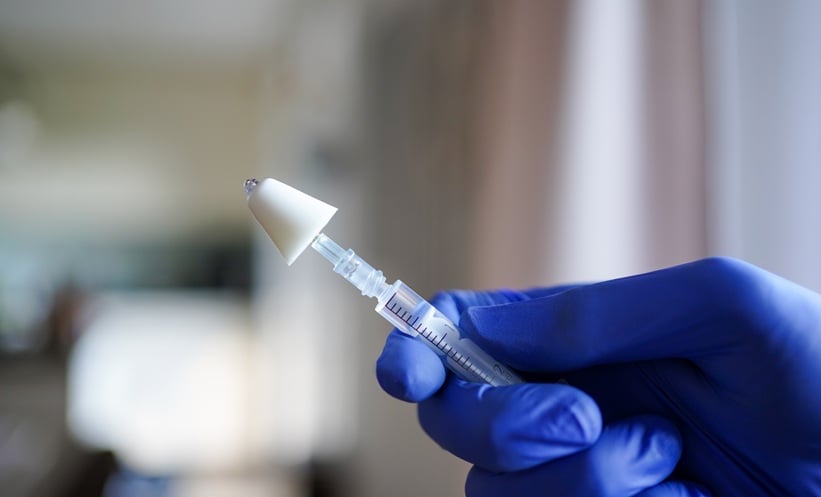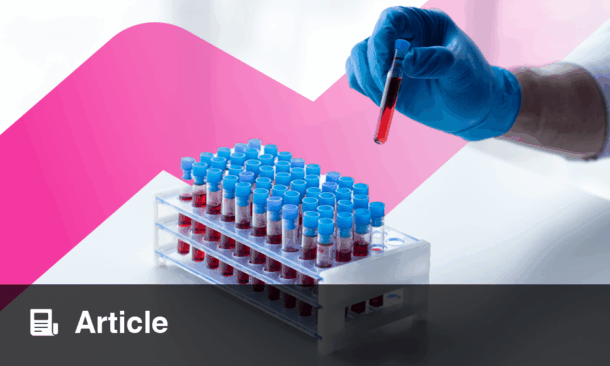Author: Gabriela M. Andujar Vazquez, Dartmouth Hitchcock Medical Center, Lebanon, New Hampshire, USA
Citation: Microbiol Infect Dis AMJ. 2025;3[1]:1-4. https://doi.org/10.33590/microbiolinfectdisam/IXOT2472
![]()
The Society for Healthcare Epidemiology of America (SHEA) Spring 2025 Conference, held in Champions Gate, Florida from April 27ᵗʰ to 30ᵗʰ, gathered a dynamic community of infection preventionists, epidemiologists, antimicrobial stewards, and healthcare leaders. This year’s event marked a pivotal moment in healthcare dialogue by spotlighting sustainability in infection prevention, antimicrobial stewardship, and the broader healthcare impact on climate change.
THE TIME IS NOW: SUSTAINABILITY IN INFECTION PREVENTION AND ANTIMICROBIAL STEWARDSHIP
SHEA President David Weber opened the Conference with a call to action: to uphold the mission of safe healthcare for all while addressing the environmental consequences of clinical practices. With an emphasis on health equity, SHEA encouraged its community to take the lead in developing environmentally responsible solutions alongside traditional infection control and antimicrobial stewardship strategies.1
HEALTHCARE’S CARBON FOOTPRINT AND THE CASE FOR REDUCING OVERUSE
This year’s theme came to life through a compelling plenary by Mahmood Bhutta, Professor of Sustainable Healthcare at Brighton & Sussex Medical School in the UK.1 Bhutta offered a sobering assessment of healthcare’s carbon footprint, showing how sectors ranging from pharmaceuticals and supply chains to building energy consumption and patient transportation contribute to the industry’s estimated 5% share of UK’s national greenhouse gas emissions. He underscored the extensive use of single-use equipment, a cycle driven by manufacturer-led obsolescence and excessive risk aversion. In the UK, for example, 68% of carbon use in operating rooms is linked to disposables, and 60% of glove usage is considered unnecessary.
Bhutta introduced the term “yellow washing” to describe the cultural overestimation of infection risk, an anxiety-driven behavior that leads to unnecessary waste. He argued that the most impactful actions are by reducing and refusing unnecessary consumption rather than relying on recycling or reusing, which accounts for a mere fraction of emissions mitigation. Healthcare systems, he suggested, should demand contracts that favor reusable products, thereby holding manufacturers accountable and reducing both emissions and costs. Moreover, Bhutta underscored the human cost behind healthcare manufacturing, drawing attention to exploitative labor conditions in global supply chains.
ENVIRONMENTAL IMPACT OF PERSONAL PROTECTIVE EQUIPMENT AND SINGLE-USE TOOLS IN U.S. HOSPITALS
Building on this theme, Shira Abeles from UC San Diego, California, addressed the environmental toll of infection prevention practices, particularly personal protective equipment.1 She cited that isolation gowns in the U.S. contribute approximately 17.6 tons of plastic waste per hospital annually, and total personal protective equipment use adds about 22.5 tons. Launderable gowns, she explained, outperform disposables in durability, protection, and sustainability.
Abeles also challenged the widespread reliance on single-use clinical tools such as scissors, noting the need for regulatory support and market innovation to enable safer, reusable alternatives. She emphasized that infection prevention professionals are uniquely positioned to champion these changes and push the conversation forward within healthcare systems.
ALIGNING ANTIMICROBIAL STEWARDSHIP WITH ENVIRONMENTAL SUSTAINABILITY
Preeti Jaggi of Emory University, Atlanta, Georgia, reframed antimicrobial stewardship through the lens of sustainability.1 Stewardship’s central principle, “use wisely”, naturally aligns with resource preservation. She referenced a UK framework defining high-value healthcare as the least harmful in environmental, social, and financial terms. Inappropriate antibiotic prescribing remains a major culprit. Between 2014–2015, an estimated 14 million avoidable antibiotic prescriptions in the U.S. generated emissions equivalent to circling the Earth 14 times in a gasoline-powered vehicle.
Jaggi urged stewardship programs to broaden their scope by including diagnostic waste, such as unnecessary cultures that produce high-emission biowaste. She advocated for practices such as intravenous-to-oral conversions and strategic formulary management to minimize both clinical risk and environmental impact. Drug shortages, she noted, should be viewed as opportunities to reassess protocols and reduce pharmaceutical waste.
THE IMPACT OF CLIMATE CHANGE ON INFECTION RISKS AND HEALTHCARE INFRASTRUCTURE
Furthering this discussion, Emily Spivak (University of Utah, Salt Lake City) and Jorge Salinas (Stanford University, California) examined the downstream effects of climate change on infection prevention and stewardship.2 Spivak drew a link between rising temperatures and the surge in respiratory infections, often resulting in inappropriate antibiotic use. She presented data estimating that one year of unnecessary ambulatory antibiotic prescribing in the U.S. produces a carbon footprint of driving 194 times around the equator.
Spivak also highlighted that oral antibiotics have up to 90% lower carbon impact compared to intravenous options. She showcased tools for calculating the waste footprint of common antimicrobials and called for the integration of greenhouse gas emissions into antimicrobial stewardship metrics. Posters throughout the conference further supported this idea, demonstrating how optimizing diagnostics and prescribing can significantly reduce environmental impact.
Salinas emphasized climate instability as a growing threat to healthcare operations, citing examples of power outages, water shortages, and extreme weather events that compromise infection prevention infrastructure. He described outbreaks tied to contaminated donated supplies and warned that compromised water systems could accelerate the spread of antimicrobial-resistant organisms.
He also tackled broader geopolitical and public health consequences of climate change, including the emergence of new endemic pathogens like Coccidioides in previously unaffected U.S. regions, and climate-induced mass migrations that strain infection control systems.
MIGRATION, HEALTH EQUITY, AND DISEASE RISK IN A CHANGING CLIMATE
This theme was deepened by Carlos Franco-Paredes of Colorado State University, Fort Collins, who delivered a moving plenary on human migration in the Americas.3 He underscored that climate change and environmental catastrophes are increasingly displacing vulnerable populations. These migrations, he argued, expose the structural inequities that affect access to healthcare, sanitation, food, and education, which are factors that directly influence disease risk and outcomes. Franco-Paredes called attention to the heightened susceptibility of displaced populations to outbreaks, epidemics, and pandemics.
Taken together, these perspectives offered a comprehensive view of how sustainability intersects with infection prevention and antimicrobial stewardship. They highlighted the urgent need to formally integrate environmental metrics into program goals. It became evident that the role of healthcare professionals must evolve to encompass both safety and environmental stewardship as core responsibilities. Sustainability is no longer a peripheral issue, it is central to patient outcomes, resource allocation, and health equity.
As SHEA continues to expand its influence, it reaffirms its commitment to public health advocacy, equitable and safe healthcare, and sustainability for future generations. Infection preventionists, healthcare epidemiologists, and antimicrobial stewards are uniquely equipped to lead climate-conscious care. With the science, tools, and momentum now aligned, this year’s meeting underscored that the time to act is not in the future, it is now.







